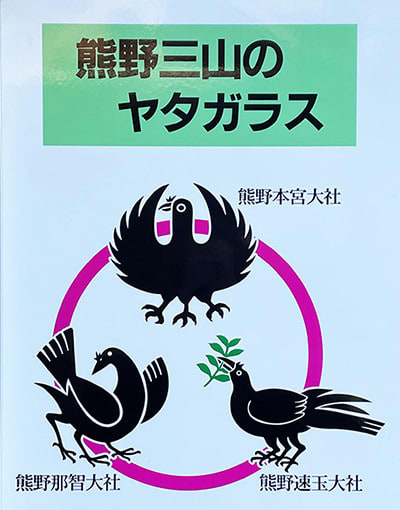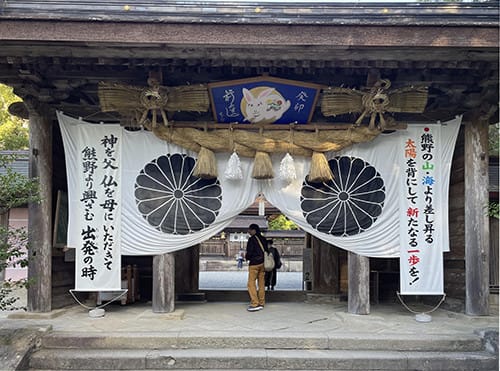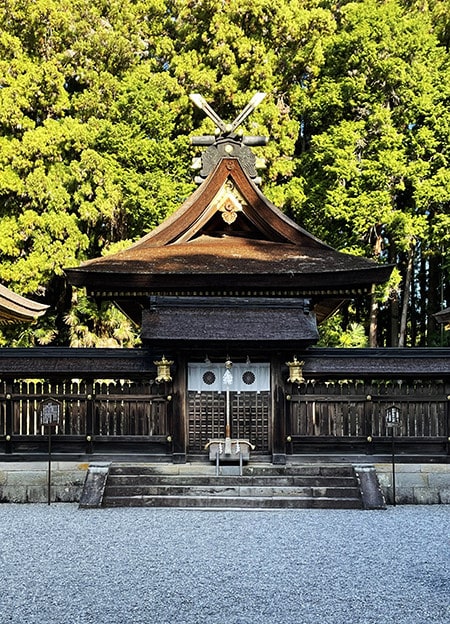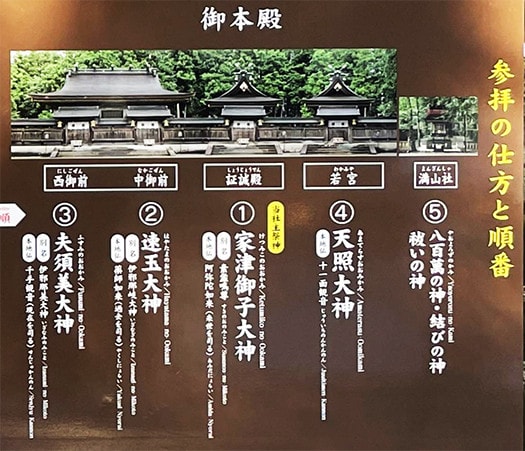
熊野探訪に復帰致します。
熊野詣といわれたような古代から中世、江戸期などの地域ブームはやはりカルデラが生み出した奇岩が織りなす「この世と思われない」地域景観が人びとの神秘志向を刺激した側面があるのでしょう。
そういう奇岩の景観として有名なのは「鬼ヶ城」。
わかりやすい観光スポットのようで、行ったときにはほぼ日本語が聞こえない中国語オンリー状態(泣)。どうも最近ふたたび増えてきているようですね。いま日本人の嫌中率は爆増していて1年ほど前の調査では92%ほどの日本人は中国に対して悪印象を抱いているという報道。
わたしは外国の方とはできるだけ会話したいと思うタイプなのですが、どうも中国のみなさんにはそういう気になりにくい。先日もタクシーの運転手さんから若い中国女性が乗り込んでいる間中「小国ニッポン!」と見る風景全体をけなし続けていたと嘆いていました。「そんなにキライなら来るなよ」と運転手さんは言っていましたが、共産党政権による反日教育の刷り込みは、まともな国民レベルでの友好の妨げになっているでしょうね。
そういうことが影響してか、とにかく大声での傍若無人なふるまいは目に余る。先日も指定席を取っていた特急列車のわたしの席に勝手に座っている中国の方。簡単な英語でどいていただくように話したのですが、まったく通じていない様子。当方の指定券を示してから、ようやく団体旅行の他の中国人から言われたのか、席を立って行きましたが、その間にも目も合わせることもなく、エクスキューズのコトバもまったく聞けなかった。異常さが政治体制のトップたちばかりではないのがやりきれない。
おっと、まったくの横道(笑)。
写真はその鬼ヶ城の光景であります。
わたしは四国が大好きでまた家の宗旨が真言宗でもあるので空海さんの事跡にはリスペクトの心を抱いています。高知・室戸岬の弘法大師・空海が開眼したパワースポット「御厨人窟」には一度は行ってみたいのですが、やや似た地質景観の熊野・鬼ヶ城でまったく似たような視覚体験であります。
空海さんが座禅して、ある瞬間、悟りの境地に至ったとき、ふと目を開けるとそこには空と海だけの光景が広がっていた。自力で悟りの境地に至ったので僧号も自ら付けることにして「空海」と名乗ったという故事そのままの風景。
馬齢を重ねるばかりでさっぱり悟りには縁遠い身ですが、いっときこの景色の中に佇んで、地球的な自然の鼓動感の一端がみえた。いや、気分だけは浸ることができました。たしかにこういう自然造形の中に没入すれば、熊野詣というもののパワーが多くのひとに迫ってきただろうことも同意できます。
と、空海さんのことを想起していたのですが、考えて見れば空海さんは中国に行って最新の「密教」を日本に導入した。やはり可能な限り中国人のみなさんと友好努力はしていくべきだと、空海さんが生きていれば言ったでしょうね、反省。
English version⬇
Onigajo and the Scenery of Kukai: A Journey to Kumano and the Myth of the Imperial Family - 18
When I awoke from zazen, I must have had a sense of experience as if the sights of the natural world were seeping into my body. The sky, the sea, and the sight of his own personal "datsukan"? I don't know.
I will return to Kumano exploration.
The regional boom in Kumano from ancient times to the Middle Ages and during the Edo period (1603-1868), known as the Kumano Pilgrimage, was probably due in part to the "out-of-this-world" local landscape of strange rocks created by the caldera, which stimulated people's desire to explore the mysteries of the area.
Onigajo" is a famous example of such strange rock formations.
It seems to be an easy-to-understand tourist spot, and when I visited there, I heard almost no Japanese and only Chinese (I cried). It seems that the number of Chinese tourists has been increasing again recently. According to a survey conducted about a year ago, 92% of Japanese people have a bad impression of China.
I am the type of person who wants to talk with foreigners as much as possible, but I find it difficult to do so with Chinese people. The other day, a cab driver told me that while a young Chinese woman was getting into the taxi, he kept on belittling the whole scenery he was looking at, saying, "Small country, Nippon! She was lamenting the other day that a young Chinese woman kept belittling the whole scenery she was looking at while she was getting in the taxi. If you hate it so much, don't come here," the driver said. The imprinting of anti-Japanese education by the Communist regime must be an obstacle to friendship on a decent national level.
Perhaps this has influenced them, but in any case, their loud and unmannerly behavior is too much to be seen. The other day, a Chinese person took my seat on an express train for which I had reserved a seat. I asked him to move aside in simple English, but he didn't seem to understand me at all. After I showed him our reserved tickets, he finally got up from his seat, as if he had been told to do so by another Chinese person traveling in a group. It's hard to believe that the abnormality is not limited to the tops of the political system.
Oops, totally side-tracked (laugh).
The photo is a scene from Onigajo.
I love Shikoku and my family is a Shingon Buddhist, so I have a lot of respect for Kukai's legacy. I would like to visit the "Mikurinokutsu," a power spot in Cape Muroto, Kochi, where Kobo Daishi Kukai opened his eyes, but the visual experience is quite similar to that of Onigajo in Kumano, which has a somewhat similar geological landscape.
When Mr. Kukai sat in zazen and reached a certain moment of enlightenment, he suddenly opened his eyes and saw only the sky and the sea. He was so enlightened on his own that he decided to name himself "Kukai," which is exactly what he did in the legend.
Although I am not enlightened at all due to my horse's age, I was able to see a part of the earthly nature's heartbeat by standing in this scenery for a moment. No, I was able to immerse myself in the feeling. I agree that immersing oneself in such natural formations would have brought the power of the Kumano Pilgrimage to many people.
I was thinking of Mr. Kukai, and if you think about it, he went to China and introduced the latest "esoteric Buddhism" to Japan. I would have said that we should still make efforts for friendship with Chinese people as much as possible, if Mr. Kukai were still alive, I reflected.



























